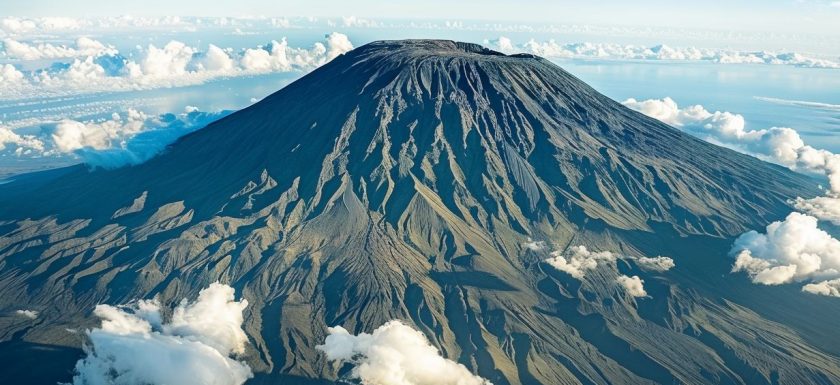
Planning a trip to Tanzania and exploring both Kilimanjaro and Zanzibar? This article covers everything you need to know about these two destination.
Find out about the distance between Kilimanjaro and Zanzibar, transportation options, must-see attractions, cultural differences, accommodation choices, and local cuisine. Let’s start planning your unforgettable journey from Kilimanjaro to Zanzibar!
Key Takeaways:
- The journey from Kilimanjaro to Zanzibar can be made through various transportation options including flights, buses, and ferries.
- The best time to travel from Kilimanjaro to Zanzibar is during the dry season from June to October when the weather is pleasant for outdoor activities.
- Kilimanjaro and Zanzibar offer a diverse range of must-see attractions such as Kilimanjaro National Park, Stone Town, and Zanzibar’s beautiful beaches.
How Far is Kilimanjaro from Zanzibar?
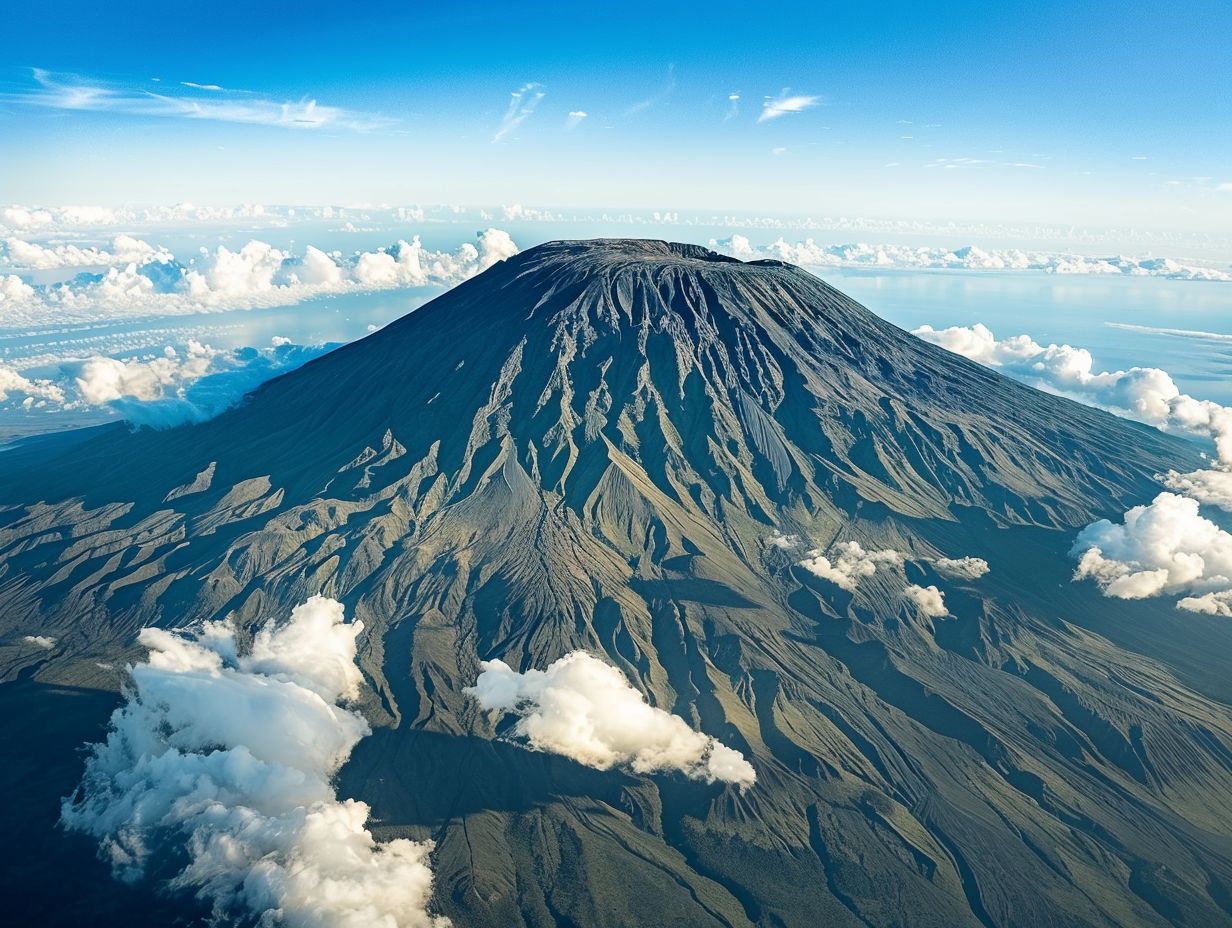
Mount Kilimanjaro and Zanzibar are approximately 339 miles apart, with Mount Kilimanjaro located on the mainland of Tanzania and Zanzibar being an island off the coast of Tanzania.
This significant distance between Mount Kilimanjaro and Zanzibar not only highlights the diverse geographical features within Tanzania but also offers travelers a unique opportunity to experience both the breathtaking beauty of the mainland and the exotic allure of the island.
While Mount Kilimanjaro stands majestically as the highest peak in Africa, Zanzibar entices visitors with its pristine beaches, rich history and vibrant culture.
Despite their distance, these two destinations are well-connected through various travel routes that cater to adventurers seeking to explore both the wonders of the mainland and the serenity of the island. Whether by air, sea, or land, getting from Mount Kilimanjaro to Zanzibar is a seamless journey that promises an unforgettable experience.”
What are the Transportation Options from Kilimanjaro to Zanzibar?
Traveling from Kilimanjaro to Zanzibar offers convenient options through direct flights operated by airlines such as Precision Air, Air Tanzania, and Grumeti Air. These airlines provide weekly direct flights that can be easily booked for a seamless travel experience.
For those seeking flexibility in flight schedules. Precision Air typically offers multiple weekly flights on this route, allowing travelers to choose a time that best suits their itinerary. Air Tanzania provides a reliable option with modern aircraft equipped for comfortable travel to Zanzibar.
Additionally, Grumeti Air stands out for its personalized service and small aircraft, creating an intimate journey for passengers.
Booking a ticket on these direct flights is a straightforward process, with online platforms offering a user-friendly interface to select preferred dates and secure seats for the desired travel date. Passengers can also opt to book through travel agencies or directly with the airlines for added convenience.
How Long is the Journey from Kilimanjaro to Zanzibar?
The journey from Mount Kilimanjaro to Zanzibar by direct flights usually takes around 1 to 2 hours, depending on the specific airline and route chosen.
Several factors can influence the duration of the flight between Mount Kilimanjaro and Zanzibar, including weather conditions, air traffic, and airport congestion. Airlines operating this route, such as Tanzanian and Coastal Aviation offer convenient schedules ensuring a smooth and quick journey.
For travelers, the short travel time is a major advantage, allowing them to transition swiftly from the awe-inspiring landscapes of Kilimanjaro to the pristine beaches of Zanzibar in no time.
What is the Best Time to Travel from Kilimanjaro to Zanzibar?
The best time to travel from Mount Kilimanjaro to Zanzibar is during the dry seasons when the weather is mild and pleasant, typically between June to October. This period ensures comfortable travel conditions for visitors.
During this time, travelers can enjoy the breathtaking views of Mount Kilimanjaro with clear skies and minimal rainfall making it perfect for hiking and sightseeing.
The climate is ideal for exploring the lush landscapes and diverse wildlife that this region has to offer. The dry season in Zanzibar coincides with this period, providing travelers with sunny days, gentle sea breezes, and ideal conditions for beach activities.
What is the Weather Like in Kilimanjaro and Zanzibar?
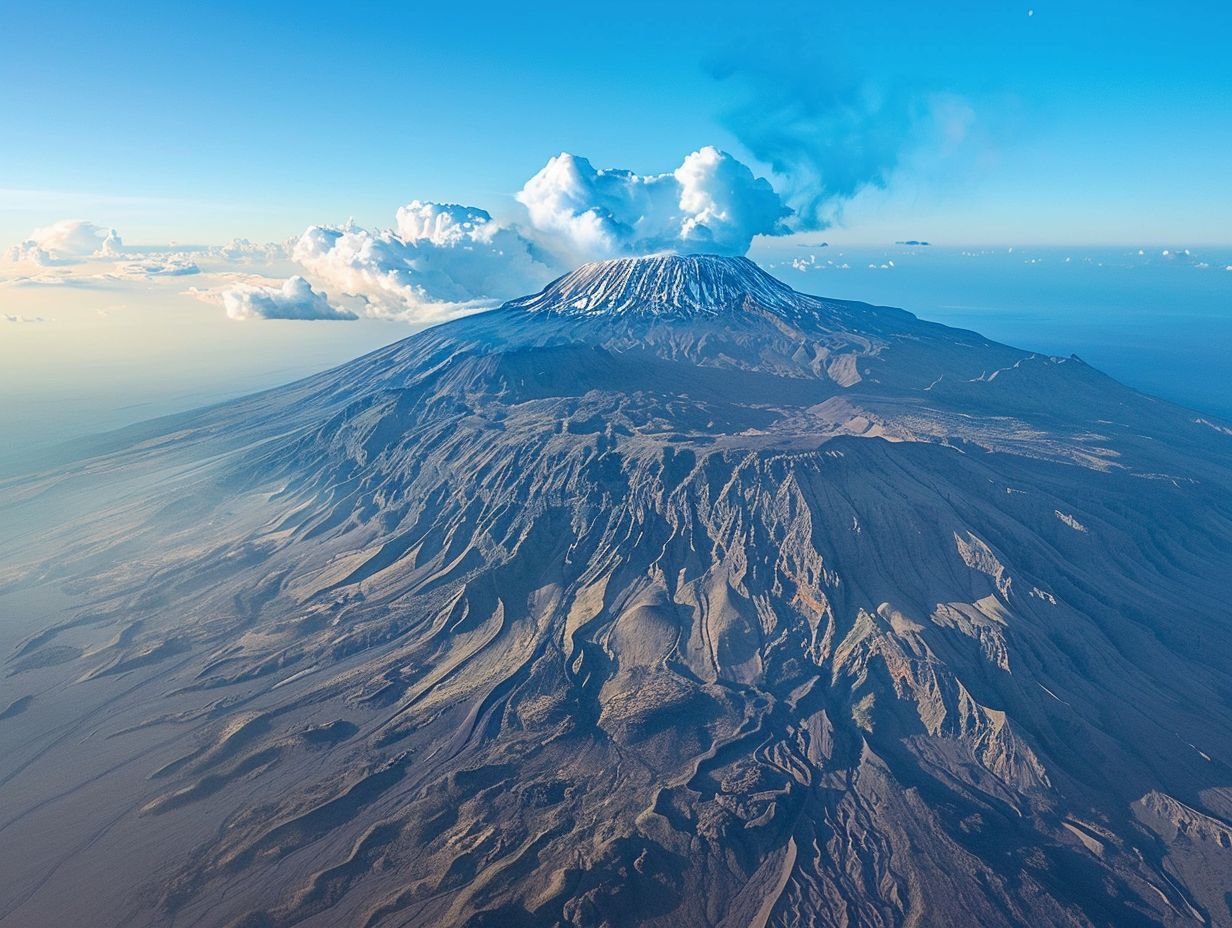
The weather in Mount Kilimanjaro is characterized by its varying climatic zones due to its altitude, ranging from tropical conditions at the base to freezing temperatures at the summit.
Zanzibar, on the other hand, enjoys a tropical climate with warm temperatures throughout the year.
Mount Kilimanjaro’s climatic diversity is a result of its three main distinct climate zones:
- the lush rainforest zone at the base,
- transitioning into the alpine zone with heath and moorland,
- finally culminating in the arctic zone with its snowy peak.
Each zone exhibits drastic temperature changes as you ascend. In contrast, Zanzibar’s consistent tropical climate offers visitors a perpetually warm environment, perfect for enjoying the island’s picturesque beaches and vibrant culture.
What are the Must-See Attractions in Kilimanjaro and Zanzibar?
Kilimanjaro National Park in Tanzania offers breathtaking views and diverse wildlife, while Zanzibar boasts attractions like Stone Town with its unique architecture, Zanzibar beaches, and historic sites.
Mount Kilimanjaro, Africa’s highest peak, attracts climbers and nature enthusiasts with its snow-capped summit and diverse ecosystems. The park is home to rare species such as elephants, leopards and buffalos.
On the other hand, Zanzibar’s Stone Town mesmerizes visitors with its narrow streets, intricate doors, and charming markets that reflect a mix of Swahili, Arab, Persian, Indian and European influences.
Zanzibar’s coastline entices beach lovers, offering pristine sandy beaches, crystal-clear waters for diving, and vibrant coral reefs. Visitors can explore historic sites like the Palace Museum and House of Wonders, reflecting the island’s rich heritage and connection to the spice trade in the 19th century.
Kilimanjaro National Park
Kilimanjaro National Park is renowned for housing Africa’s highest peak, Mount Kilimanjaro, providing visitors with exceptional trekking opportunities, stunning landscapes, and the chance to witness diverse flora and fauna.
As the ultimate trekking destination, Mount Kilimanjaro offers various routes catering to all levels of trekkers, from the relatively easy Marangu route to the challenging Machame route.
The park’s ecological diversity is truly remarkable, with lush rainforests giving way to alpine meadows and finally the snow-capped summit of Kibo peak. Trekking through these changing landscapes is a once-in-a-lifetime experience, where adventurers can encounter unique wildlife such as elephants, leopards, and monkeys along the way.
Stone Town, Zanzibar
Stone Town in Zanzibar is a UNESCO World Heritage Site known for its narrow streets, historic buildings, bustling markets, and the fusion of Swahili, Arab, and Indian architecture.
Wandering through the narrow streets of Stone Town feels like stepping back in time, with every corner revealing a story of its rich cultural heritage. The fusion architecture, blending Swahili, Arab, and Indian influences, creates a unique and enchanting atmosphere that captivates visitors from around the world.
The historic buildings, some dating back to the 19th century, stand as a testament to Zanzibar’s storied past, showcasing ornate wooden doors and intricate designs that reflect the island’s diverse history.
Along with its architectural charm, Stone Town is renowned for its vibrant marketplaces, where the sights, sounds, and scents of spices, fresh produce, and local crafts converge in a kaleidoscope of colors and flavors.
Zanzibar Beaches
Zanzibar’s beaches are a paradise for sun-seekers and water sports enthusiasts, with pristine white sands, crystal-clear waters, and opportunities for snorkeling, diving, and relaxation along the picturesque coastline.
Imagine yourself lounging on the soft sands, the gentle ocean breeze kissing your skin as you listen to the soothing sound of the waves. Zanzibar’s beaches offer a perfect retreat from the hustle and bustle of daily life, allowing you to unwind in a tranquil environment.
Whether you’re looking to embark on thrilling water sports adventures or simply bask in the sun while sipping on a refreshing coconut drink, these beaches cater to all preferences.
What are the Cultural Differences between Kilimanjaro and Zanzibar?
Mount Kilimanjaro is home to diverse ethnic groups, including the Chagga and Maasai tribes, and primarily practices Christianity and Islam. In contrast, Zanzibar has a predominantly Swahili culture influenced by Arab and Indian traditions, with Islam being the dominant religion and Swahili as the primary language.
The unique cultural landscape of Mount Kilimanjaro reflects a blend of tribal traditions with a strong influence of Christianity and Islam. The Chagga and Maasai tribes contribute to the rich tapestry of customs and beliefs.
On the other hand, Zanzibar’s cultural fabric is intricately woven with Swahili nuances shaped by Arab and Indian influences.
While Mount Kilimanjaro embodies a harmonious coexistence of different faiths, Zanzibar stands out for its deep-rooted Islamic heritage. The linguistic preferences also diverge, with a prevalence of Swahili as the dominant language in Zanzibar, serving as a conduit for cultural expression and communication.
Ethnic Groups
Mount Kilimanjaro hosts the Chagga and Maasai tribes, known for their rich cultural heritage and traditional practices. On the other hand, Zanzibar’s ethnic diversity stems from Swahili, Arab, and Indian influences, shaping a vibrant and unique cultural landscape.
The Chagga, also known as the Bantu-speaking ethnic group, have a strong connection to the land and agriculture, with unique practices like terraced farming and banana beer brewing. In contrast, the Maasai people are renowned for their distinctive attire, intricate beadwork, and traditional warrior culture.
Moving away from the mainland, Zanzibar, an archipelago off the Tanzanian coast, is a melting pot of cultural influences. The Swahili culture dominates, blending elements from Africa, Arabia, and the Indian subcontinent, visible in the language, cuisine, and architecture of the region.
Religion
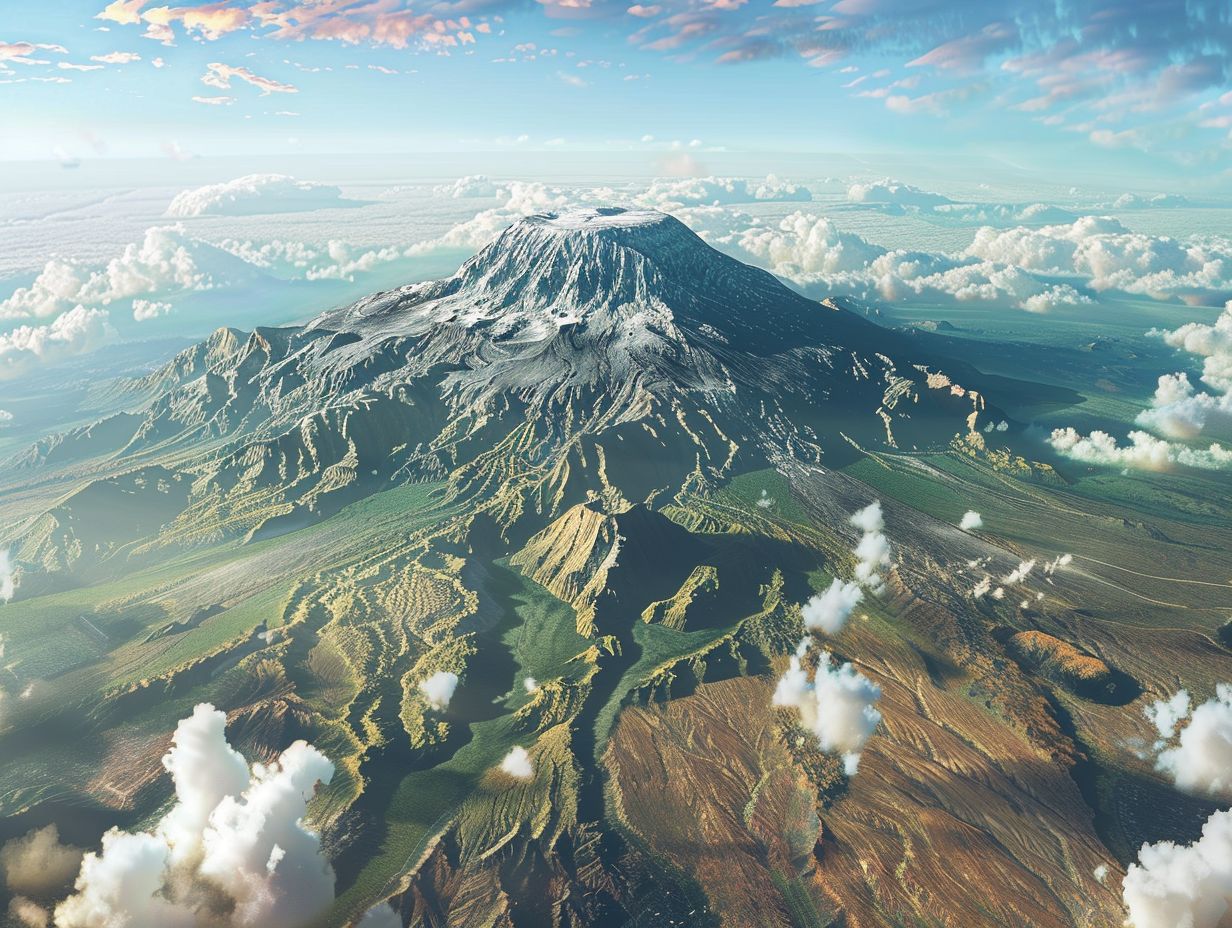
Christianity and Islam are the predominant religions observed in Mount Kilimanjaro, reflecting the diverse religious practices of the Chagga and Maasai communities. Meanwhile, Zanzibar is predominantly Muslim, with Islamic traditions deeply ingrained in the local culture.
Mount Kilimanjaro, dubbed the ‘Roof of Africa,’ not only boasts breathtaking natural beauty but also serves as a melting pot of religious diversity.
The Chagga people, who have long inhabited the slopes of this majestic mountain, have embraced Christianity, while the Maasai community, known for their distinctive culture, intertwines Islamic beliefs within their traditional practices. These religious affiliations influence various aspects of daily life, shaping everything from rituals to community celebrations.
Language
Swahili serves as the primary language in Zanzibar, reflecting the region’s historical ties to Swahili culture and Arab heritage.
In Zanzibar, the linguistic diversity doesn’t end with Swahili alone; it permeates through the fabric of the society, with influences from Arabic, Persian and Indian languages. This fusion creates a cultural tapestry unlike any other, blending centuries-old traditions with modern influences.
On the other hand, Mount Kilimanjaro stands as a testament to the multilingual environment within Tanzania, where various tribal languages, such as Kichagga and Kimasai, coexist harmoniously, reflecting the rich heritage and history of the region.
What are the Accommodation Options in Kilimanjaro and Zanzibar?
Mount Kilimanjaro offers a range of accommodation options, including hotels and lodges that cater to trekkers and climbers seeking comfort in the wilderness.
Depending on your preference, at Mount Kilimanjaro, you can choose from rustic campsites for a more immersive experience in nature or opt for luxurious lodges with panoramic views of the surrounding landscapes.
Zanzibar’s lodging choices vary from exclusive beachfront resorts that provide top-notch amenities to charming guesthouses in historic Stone Town, allowing travelers to delve into the island’s rich cultural heritage.
Kilimanjaro Hotels and Lodges
Hotels and lodges in Kilimanjaro provide a comfortable stay for visitors exploring the mountain’s trails and natural beauty. These accommodations offer panoramic views, warm hospitality, and convenient access to trekking routes.
Immerse yourself in the stunning beauty of Mount Kilimanjaro while staying in well-appointed rooms that cater to your every comfort. Guests can unwind in elegantly designed lounges or savor delicious meals at on-site restaurants featuring local and international cuisine.
The hospitality of the staff ensures a memorable stay, where personalized service and attention to detail create a welcoming atmosphere. After a day of trekking, relax in luxurious spa facilities or enjoy a refreshing swim in scenic pools.
Zanzibar Resorts and Guesthouses
Zanzibar’s resorts and guesthouses offer a blend of luxury and local charm, providing guests with a serene retreat by the sea and opportunities to immerse themselves in the island’s vibrant culture.
When seeking a luxurious stay, visitors can indulge in upscale amenities ranging from private pools and spas to fine dining experiences that showcase Zanzibar’s rich culinary heritage.
The cultural immersion extends beyond accommodations, with many resorts organizing traditional music and dance performances, spice tours, and Swahili cooking classes.
For those yearning for a seaside escape, the shoreline locations of these lodgings offer breathtaking views of the crystal-clear waters and pristine beaches, where one can unwind under swaying palm trees or partake in thrilling water sports activities.
What are the Cuisine and Local Dishes in Kilimanjaro and Zanzibar?
Mount Kilimanjaro offers traditional Tanzanian dishes like Ugali and Nyama Choma, providing a taste of local flavors. In contrast, Zanzibar’s cuisine features an array of seafood delicacies infused with aromatic spices, reflecting the island’s cultural diversity and historical influences.
When exploring the culinary delights of Mount Kilimanjaro, one cannot miss the rich and hearty stews cooked with plantains, sweet potatoes and beans adding a unique blend of textures and flavors to the dining experience.
On the other hand, Zanzibar’s seafood specialties, such as grilled octopus and coconut-infused curry dishes, showcase the island’s coastal influence and fusion of Swahili, Indian and Arabic culinary traditions.
Ugali and Nyama Choma in Kilimanjaro
Ugali, a staple dish made from maize flour, and Nyama Choma, grilled meat often served with spicy sauces, are popular culinary choices in the Kilimanjaro region, reflecting the local taste preferences and traditional food culture.
Ugali, known for its simplicity yet satisfying taste, is typically prepared by boiling maize flour with water to create a thick, starchy consistency that pairs well with various stews and meats.
On the other hand, Nyama Choma, a beloved dish among locals and visitors alike, involves marinating meat, often goat or beef, with a blend of local spices before grilling it to perfection over an open flame.
This grilled meat is infused with smoky flavors that complement the tender texture, making it a delightful accompaniment to Ugali or enjoyed on its own.
Seafood and Spices in Zanzibar
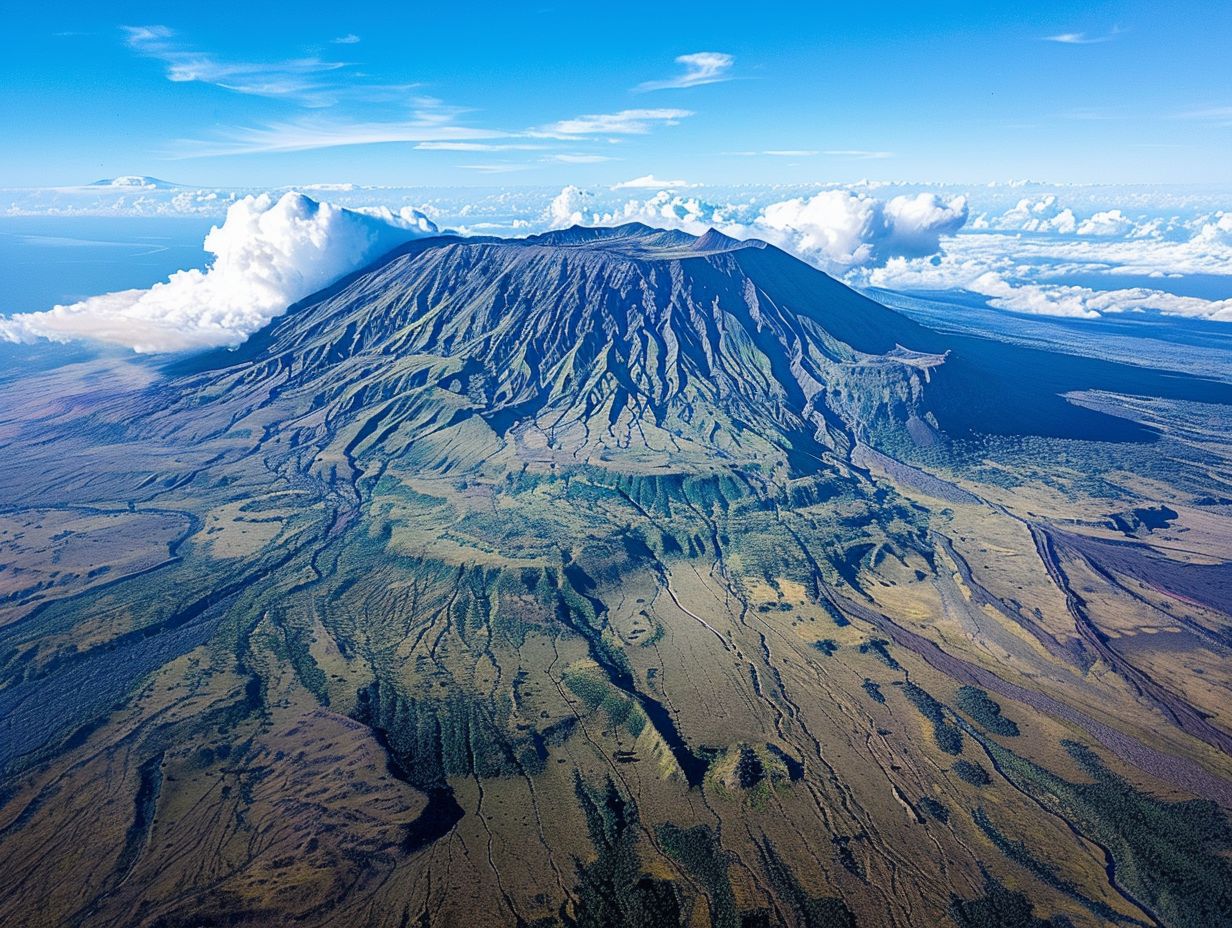
Zanzibar’s cuisine is renowned for its fresh seafood offerings, including grilled fish, octopus curry, and prawn dishes.
These are seasoned with a blend of aromatic spices like cloves, cinnamon, and cardamom.
This helps in creating a flavorful dining experience that captures the essence of the island’s culinary heritage.
Local culinary traditions in Zanzibar often incorporate a rich variety of ingredients that are sourced directly from the surrounding waters and vibrant marketplaces.
The fusion of Swahili, Arab, and Indian influences in the cuisine results in a diverse range of dishes that are both bold and harmonious in flavor profiles.
Each meal in Zanzibar tells a story of the region’s history and cultural tapestry, where dishes like coconut-infused seafood stews and grilled lobster are prepared with meticulous attention to detail showcasing the deep-rooted connection between food and community.
Frequently Asked Questions
1. How do I travel from Kilimanjaro to Zanzibar?
There are a few options for traveling from Kilimanjaro to Zanzibar, including by plane, ferry, or private car. The most popular and convenient option is to take a flight from Kilimanjaro International Airport to Zanzibar International Airport, which takes about an hour. Alternatively, you can take a ferry from Dar es Salaam to Zanzibar which takes approximately two hours.
2. How long does it take to get from Kilimanjaro to Zanzibar?
The travel time from Kilimanjaro to Zanzibar varies depending on the mode of transportation. By plane, the journey takes about an hour, while taking a ferry can take up to two hours. If you choose to drive, it can take approximately 8-9 hours to cover the distance of 500 km.
3. What is the cheapest way to get from Kilimanjaro to Zanzibar?
The most budget-friendly way to travel from Kilimanjaro to Zanzibar is by taking a ferry from Dar es Salaam. This option may take longer, but it is significantly cheaper than flying. You can also save money by booking your flight in advance or considering a shared taxi for the drive.
4. Are there any visa requirements for traveling from Kilimanjaro to Zanzibar?
If you are a foreigner, you will need a valid visa to enter Tanzania and travel from Kilimanjaro to Zanzibar. You can obtain a visa on arrival at the airport or apply for an e-visa prior to your trip. Make sure to check the visa requirements for your specific nationality before traveling.
5. Can I make a stopover in Zanzibar on my way to Kilimanjaro?
Yes, it is possible to make a stopover in Zanzibar on your way to Kilimanjaro. If you are flying, you can book a multi-city flight and spend a few days in Zanzibar before continuing your journey to Kilimanjaro. Alternatively, you can also take a ferry from Zanzibar to Dar es Salaam and then travel to Kilimanjaro from there.
6. Is it safe to travel from Kilimanjaro to Zanzibar?
Yes, it is generally safe to travel from Kilimanjaro to Zanzibar. However, it is always advisable to take necessary precautions and be aware of your surroundings. Avoid walking alone at night and be cautious of your belongings in crowded areas. It is also recommended to only use licensed taxis or transportation services.